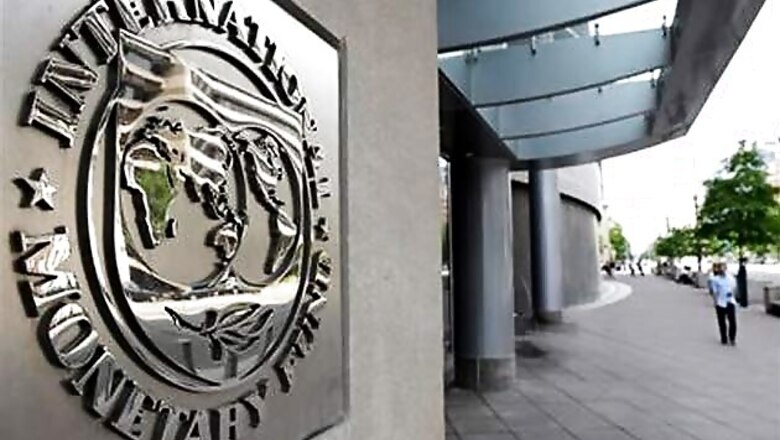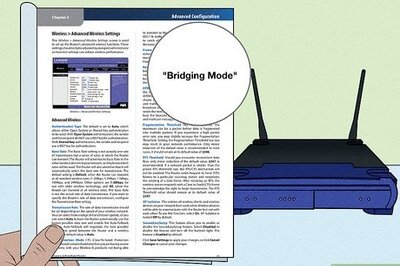
views
Washington: At a time when many countries are facing challenges on the fiscal consolidation front, India with its favorable interest rate growth differential has an advantage in addressing deficit concerns in 2013, International Monetary Fund (IMF) said on Tuesday. In its latest edition of annual Fiscal Monitor report, the IMF said there is an improved picture across most of the world in terms of countries getting a handle on their deficits.
Many countries have also taken important first steps to bring overall debt down to levels needed to ensure strong and vibrant economies. "Deficits in advanced economies fell by 0.75 per cent of GDP in 2012. They dropped both in headline and in cyclically-adjusted terms, and are projected to fall at a faster pace in 2013," the report said. "In India, subsidy reduction measures, other spending cuts and tax administrative measures recommended by the government-appointed Kelkar Commission will contribute to a reduction in the projected 2013 deficit of about 0.75 per cent of GDP relative to previous forecasts...," it said.
This would leave the country's deficit almost unchanged from its 2012 level in headline and cyclically adjusted terms, it added. The IMF report attributed much of the improved picture globally to concerted efforts by governments to bring spending under control following the peak of the crisis in 2009, as well as a gradually improving external environment. "A number of countries will need to achieve large primary surpluses and maintain them for an extended period, which will be difficult, but there are no alternative quick fixes. Still, it can be done," said Carlo Cottarelli, head of the IMF's Fiscal Affairs Department.
According to the report, the overall debt situation in most emerging market economies and low-income countries remains more favorable than in advanced economies, owing in part to relatively low levels of debt and deficits combined with low interest rates and growing economies. "Under these conditions, many emerging market economies have had the scope to pause their fiscal adjustment," it said. Many emerging market and low-income countries are also seeking to strengthen their fiscal institutions. Chile, Indonesia, and Mexico now publish reports that discuss fiscal risks, it said.
Others such as Croatia, Kenya, South Africa, and Uganda are turning to the use of fiscal councils for independent oversight of their budgets, it said. "India has large adjustment needs too (6.75 per cent of GDP), but it does not have to maintain as high a target cyclically adjusted primary balance, partly thanks to a very favourable interest rate growth differential," it said.
The IMF said the Reserve Bank of India has recently taken important steps to tighten bank reporting requirements to get a more accurate picture of asset quality. "But state-owned bank portfolios remain vulnerable to losses from delayed infrastructure projects and, most importantly, to the recent growth slowdown that has dented the profits of the large companies that account for the bulk of Indian banks' loan portfolios," it said. "The economy now appears to have bottomed out, but this may not yet be fully reflected in banks' credit quality," the report said.
Noting that credit growth was rapid in India in the years before the crisis, with lending to the private sector expanding by 20 per centage points of GDP during 2001 08, the report said it also remained strong in the aftermath of the crisis, with a growing concentration on infrastructure projects, in response to the government's ambitious investment targets. "India's banks remain well capitalised, and the likelihood of financial sector stress is low. But credit quality has tended to deteriorate recently, particularly among the state- owned banks, which account for 73 per cent of banking assets.
Gross nonperforming assets in public banks reached 3.3 per cent of advances in 2012," it said. "However, the long-run risk may be underestimated, as historically about 15 per cent of assets reported as "restructured" (a category that likely accounted for 7.3 per cent of the public banks' assets as of September 2012) are eventually classified as non-performing," the report said.




















Comments
0 comment